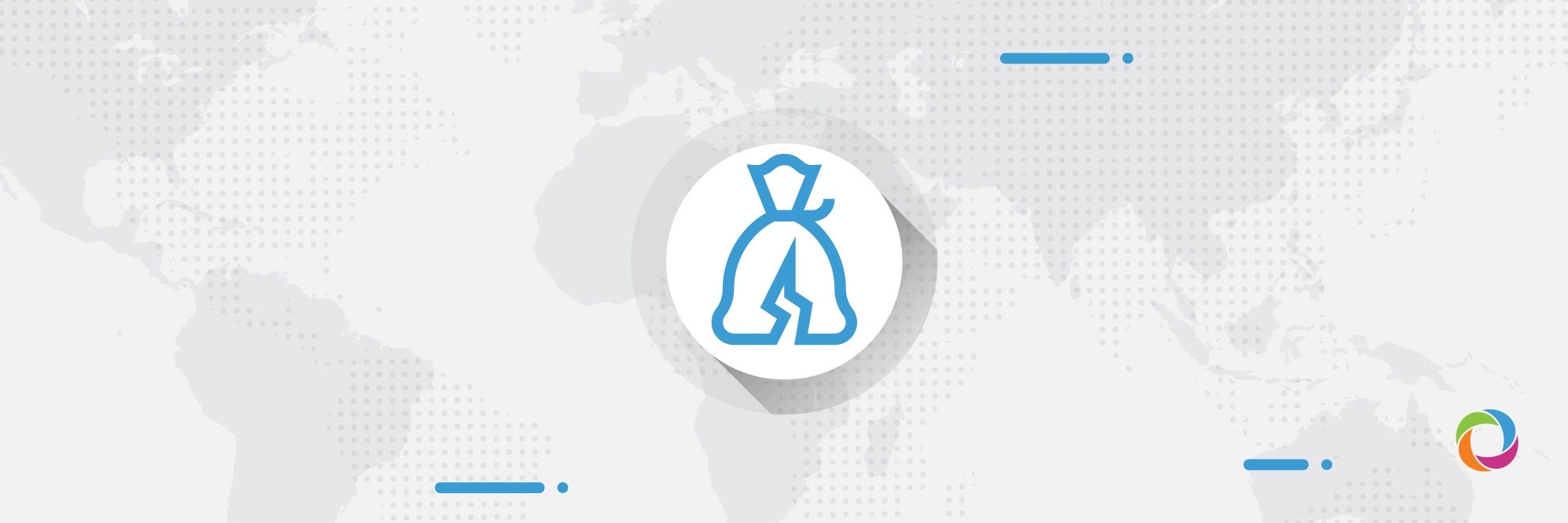By Jurie Hendrik Human
Whilst overall, poverty has been on the decline in Africa, the number of poor has continued to rise as a result of a growing population. According to a U.N. report, poverty decreased from 54% in 1990 to 41% in 2015, despite the increasing number of poor. This trend has continued until today and, as the current numbers show, African countries continue to have the highest poverty rates in the world.
Accurately tracking poverty-related data in Africa is made difficult by the lack of reporting from many countries with the quality of reports often being questionable. However, the statistics below represent the closest current estimates thanks to data from World Data Lab.
How is poverty defined?
The current international poverty line is set at $1.9 a day by the World Bank which is based on the average value of goods needed to sustain one adult per day. In other words, people who earn less than that which is considered necessary to sustain a single adult are considered poor.
This translates to roughly US$635 a year, significantly less than the poverty threshold in relatively wealthy countries such as the U.S (US$12,140 per adult). This figure also does not take into account non-essential factors such as sanitation, water, electricity, and quality of life.
 Poverty in Africa
Poverty in Africa
A fast-growing population is one of the factors that counter poverty eradication efforts across Africa. However, a burgeoning middle class in many countries has seen the overall poverty rate decline.
- In 2021, there are 490 million people in Africa living in extreme poverty, or 36% of the total population. This number is up from 481 million in 2019. Although this is an increase of just over 9 million, it represents an overall decrease as the population increased by roughly 30 million.
- As a whole, Africa is not on target to meet it’s Sustainable Development Goal 1 – Eradicate Poverty by 2030.
At the current rate, 2.6 people escape poverty every minute whereas the required rate is 1.6 people/second.
 Poverty by region and country
Poverty by region and country
Poverty is significantly worse in sub-Saharan Africa as opposed to North Africa.
- Only two of Africa’s 46 sub-Saharan countries are on track to meet their SDG 1 targets – Mauritania and Gabon. The region is also home to some of the poorest countries in the world, e.g., Burundi, DR Congo, Malawi, and Mozambique.
- In South Africa, the continent’s second-largest economy, 16 million people live in extreme poverty – 26% of the population. This is down 1% from its poverty rate in 2020.
- Nigeria, Africa’s largest economy, currently has a 46% poverty rate with 90 million of its 210 million-strong population living in extreme poverty.
- Burundi, often regarded as the world’s poorest country, has the highest poverty rate in Africa at 80%. It is closely followed by the Central African Republic (79%), Madagascar (78%), the Republic of the Congo (75%), and the Democratic Republic of the Congo (74%).
 Poverty by demographics
Poverty by demographics
Poverty in Africa seems to largely be independent of gender with most countries having similar poverty rates between males and females. Age also follows global trends with poverty worse among younger and older individuals.
Poverty by sex:
- 35%, or 241 million, of males in Africa, live below the poverty line which is down 1% from 2020.
- 36%, or 249 million, of females in Africa live below the poverty line.
- Rwanda has one of the most skewed distributions with 50% of females and 40% of males living in poverty. This means roughly 750,000 more women live in poverty than men.
- The kingdom of Eswatini’s poverty level is also gender-skewed with 37% of women falling under the poverty line but only 28% of men.
Poverty by age:
- As in many other regions, poverty disproportionately affects children with 41% of children aged 14 and below falling below the poverty line.
- The most affluent age group seems to be those aged 25 to 34 with only 31% of individuals falling below the poverty line.

